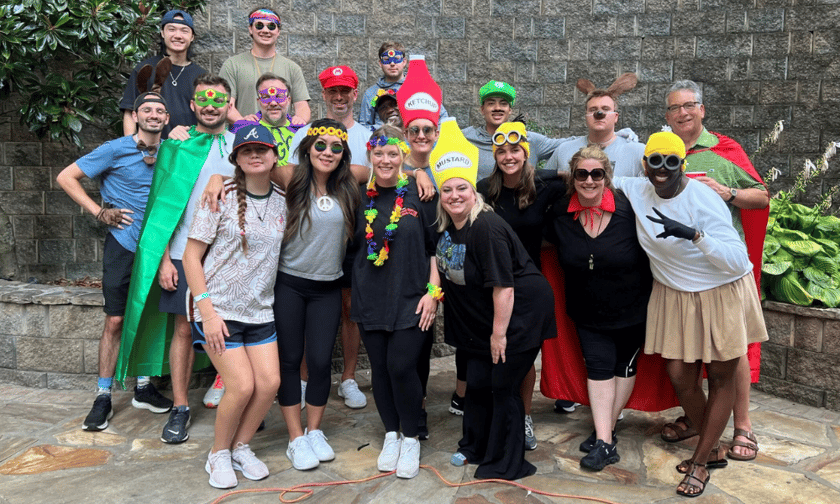

The insurance industry is facing significant changes as it grapples with the growing impact of climate-related events, particularly within the hospitality industry. That’s according to Geion Bright (pictured), executive vice president at Amwins Brokerage of Georgia.
In 2023 alone, the US experienced 28 separate weather and climate disasters ranging from wildfires, to floods, to tornados, costing at least one billion dollars, tallying a total price tag of at least $92.9 billion. This surpassed the previous record of 22 in 2020, and the optimism that ensued from businesses recovering from the lingering effects of the COVID-19 pandemic is now tempered by the realities of climate change.
“Unfortunately, due to all the climatization issues and some of the losses that have been impacted from, more so, secondary perils, we have definitely seen a shift in the marketplace,” Bright told IB. “Many of the standard carriers that have traditionally written these type of placements that have been written on a ground up basis have scaled back considerably or exited the space.”
This withdrawal of traditional carriers from the insurance space has left a gap, particularly in regions most susceptible to natural disasters like hurricanes, wildfires and floods.
The exit of key players from the market has also forced a reconsideration of how insurance programs are structured. With fewer carriers willing to take on entire policies, there’s a growing need to diversify and share the risk among multiple insurers.
“For those programs that have traditionally been single carrier structure or 100% placements, which are no longer a viable solution, they may require restructuring on a layered/shared basis with multiple participants involved,” Bright said.
This layered approach to insurance, while complex, is becoming increasingly necessary as the market continues to tighten and with carriers pulling back from the market, Bright believes these trends will continue. The ongoing climate challenges and the insurance industry’s response to them could define the future landscape for years to come.
“This market is very cyclical, and it comes in waves and trends, but based on what I’ve been seeing,” added Bright, “I do think that if we continue to experience the different climate issues and losses that have impacted as a result, we will likely continue to see similar trends in this direction.”
Amwins is stepping up to fill this void by being more innovative in its strategies, leveraging its data and analytics platform to conduct deeper benchmarking and analyses, ensuring that its clients receive the most informed and strategic solutions.
“We’re seeing a lot of those opportunities come into the E&S marketplace, and we’re just having to become more creative in our approach,” Bright said. “We do a lot of benchmarking through our Amwins DNA (data and analytics) platform where we can run various benchmarking based on our current portfolio. We talk through various alternative solutions and try to have stewardship meetings early in the process with our retail clients and the insured to get a better understanding of their exposure and through our process.”
In addition to structuring policies creatively, Bright emphasized the role of technology in managing risk. Amwins is utilizing in-house catastrophe modeling to assess clients’ exposures to various perils.
“We run in-house CAT modeling for their exposures, whether it’s hurricane, convective storm, earthquake, flood, wildfire, etc.,” Bright said. “We also have value-add services that we provide for managing catastrophe exposures by running various analysis, loss stratifications and will look at shared layered towered approaches supplemented by deductible buy down options (i.e. AOP, water damage, convective storm), DIC carve outs, parametric solutions, along with a bifurcated approach as needed.”
Despite the challenges, Bright remains focused on continuous improvement and collaboration.
“The market is evolving, insurance is constantly evolving,” added Bright.
